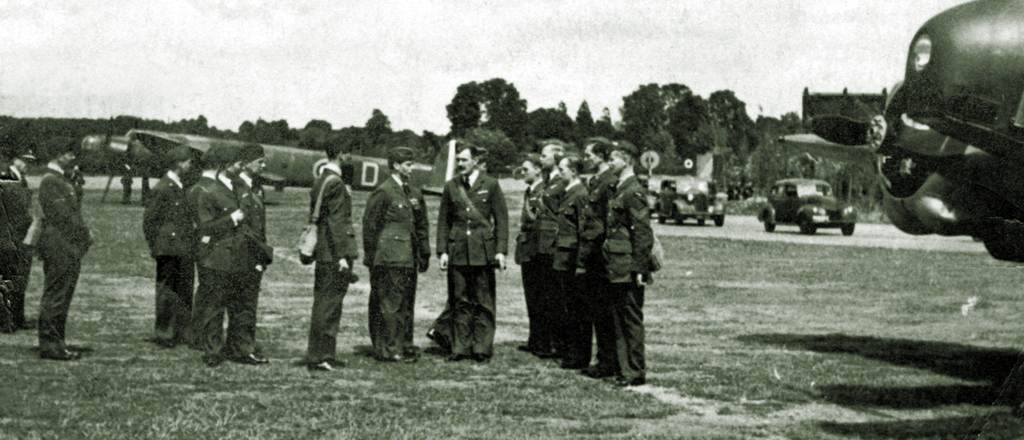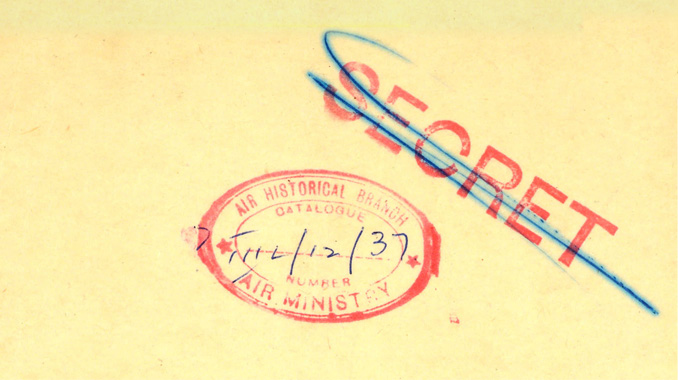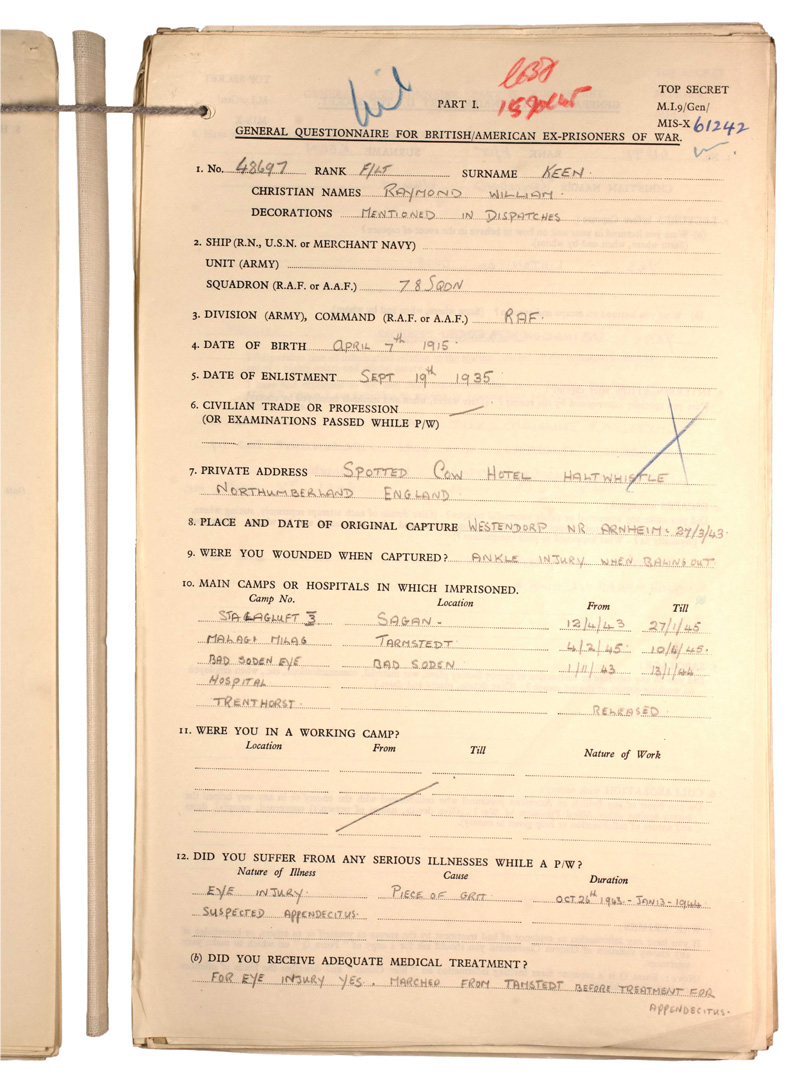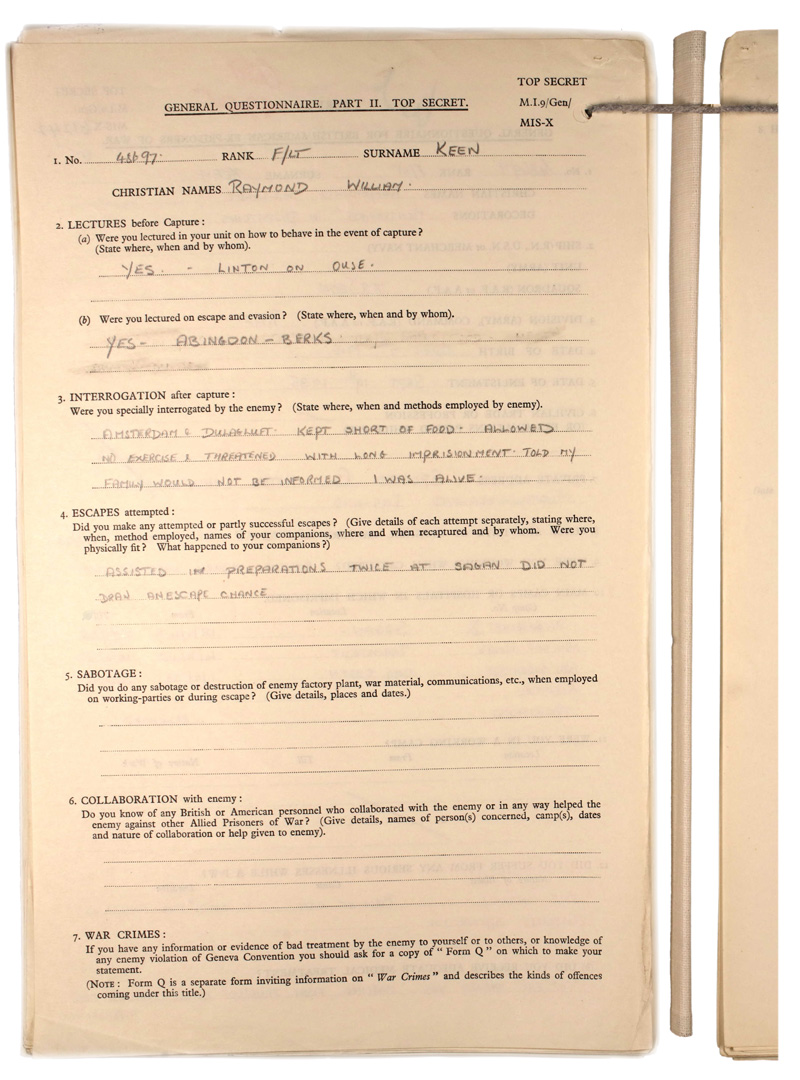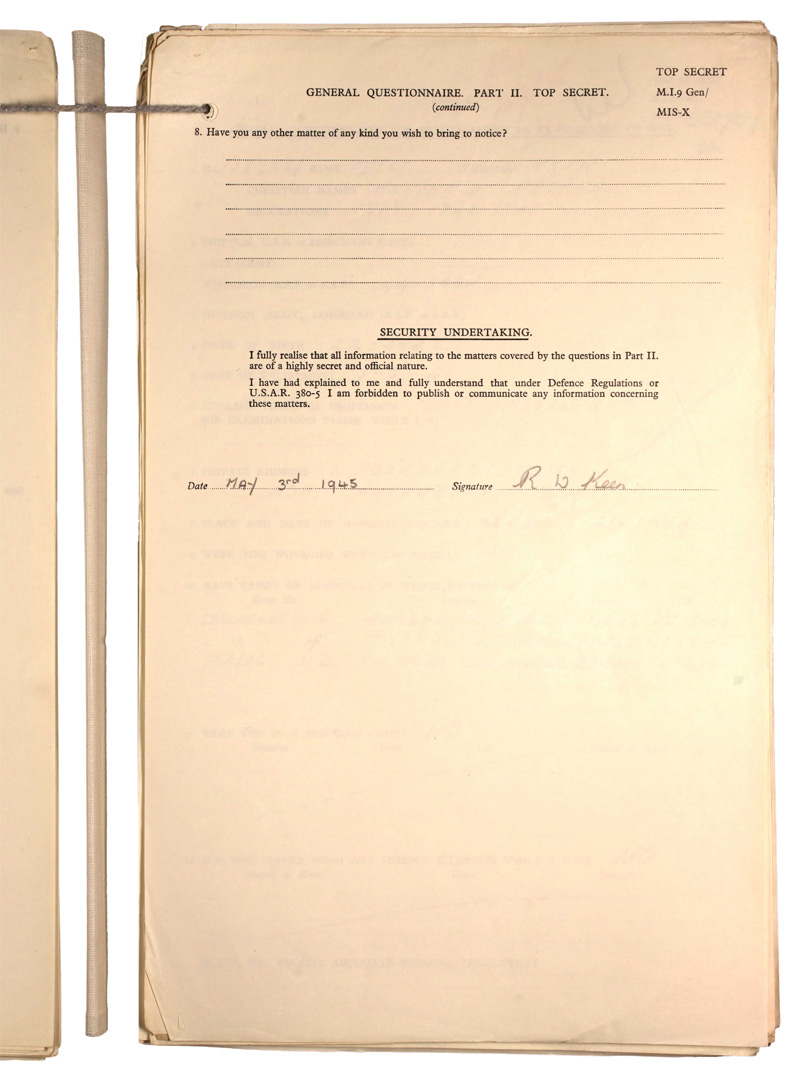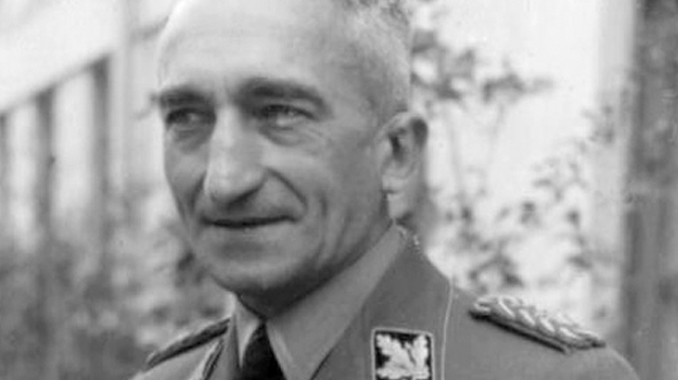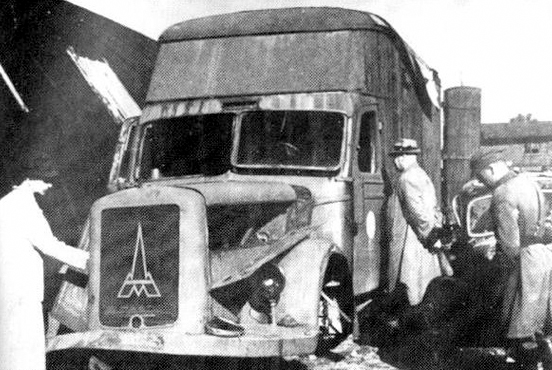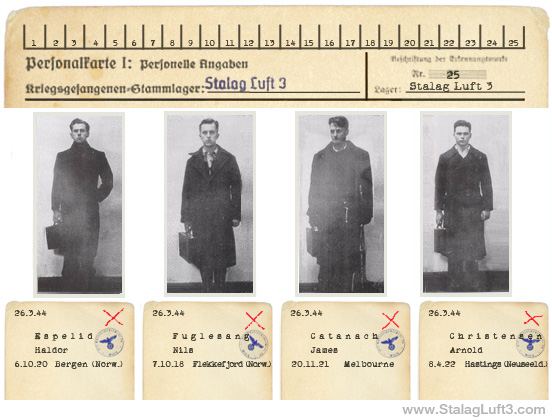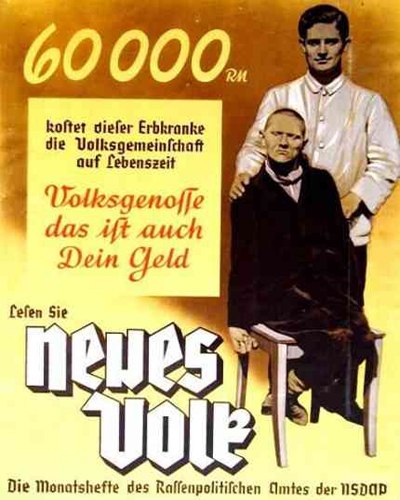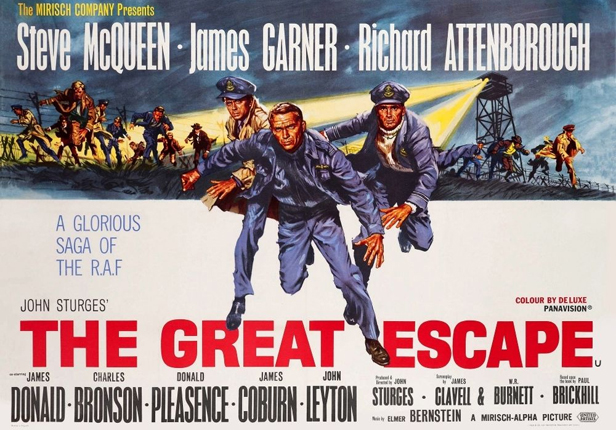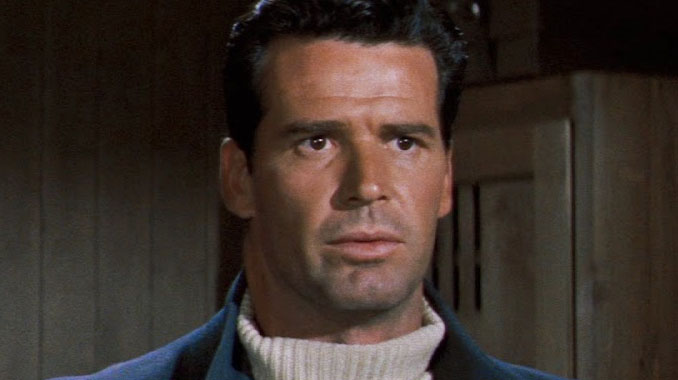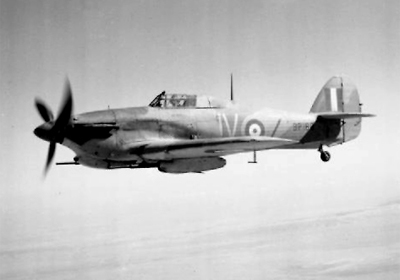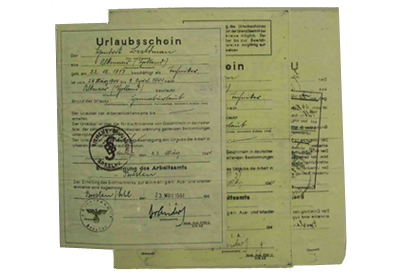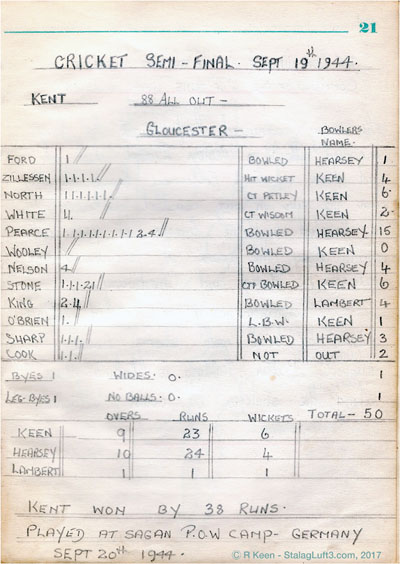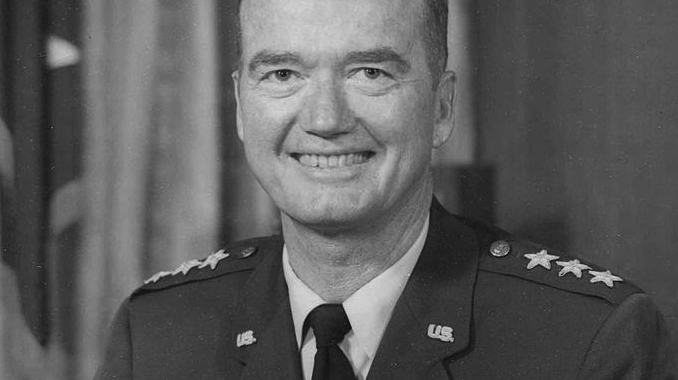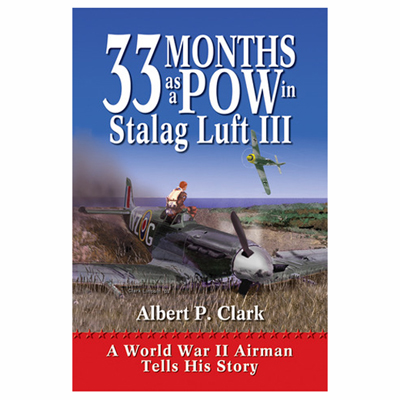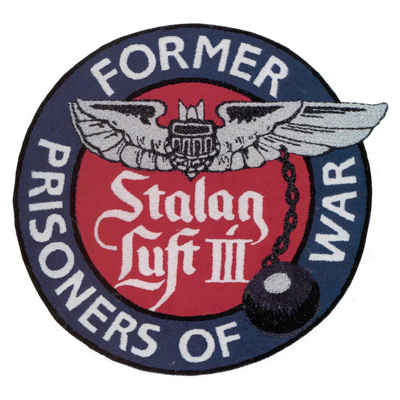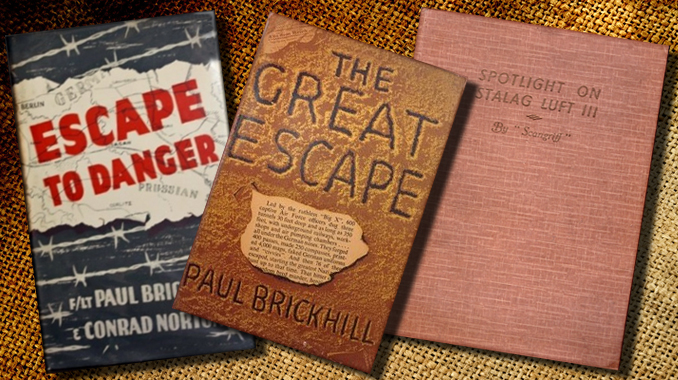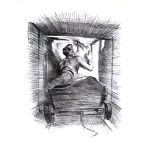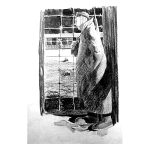The Betrayal of the Men of RAF Bomber Command
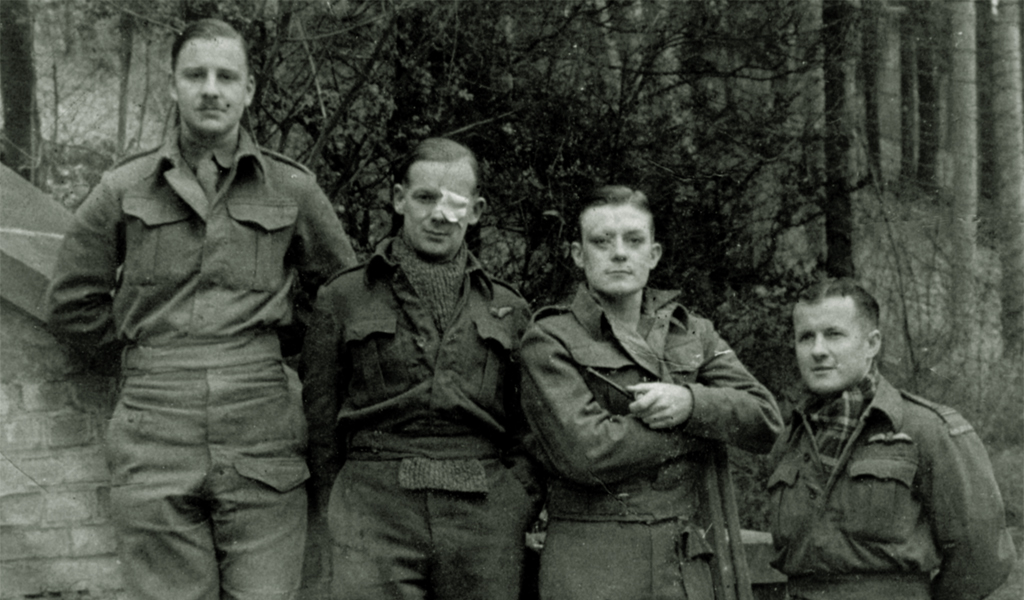
SHAME OF THE BRITISH GOVERNMENT
THE BETRAYAL OF THE MEN OF RAF BOMBER COMMAND
When the guns fell silent in 1945, and Europe emerged from the devastation of World War II, the world celebrated the Allied victory over Nazi Germany. Yet, for the men of RAF Bomber Command, many of whom had become POWS in Stalag Luft III, the return to peace was not accompanied by the hero’s welcome they had anticipated. Instead of recognition and gratitude, they found themselves ostracized, accused of war crimes, and largely erased from the nation’s collective memory. It took nearly 70 years for Britain to finally erect a memorial to commemorate their sacrifice—a delay that speaks of the abject hypocrisy of the British political classes. From Pilot to Navigator, from Rear Gunner to Wireless Operator, each and every man was following the express orders of their military commanders under the authority of the British government.
Bomber Command played an essential role in the defeat of Nazi Germany. Under the leadership of Air Chief Marshal Sir Arthur Harris, the Command carried out a relentless strategic bombing campaign against German industrial and civilian centers. The campaign culminated in the destruction of cities such as Hamburg, Dresden, and Cologne, with thousands of civilian casualties.
At the time, strategic bombing was considered a necessary evil. Britain had endured the Blitz, and the aerial offensive against Germany was seen as a means to weaken the enemy’s ability to wage war. The destruction of the Ruhr Valley’s industrial infrastructure and the degradation of Germany’s war economy were vital to the eventual Allied success. Nevertheless, the sheer scale of civilian deaths—especially in firestorms such as that of Dresden in February 1945—became a source of moral unease.
OUTCASTS IN VICTORY
Unlike the soldiers who stormed Normandy or the airmen of Fighter Command who had defended Britain during the Battle of Britain, the men of Bomber Command were treated as outcasts after the war. The ethical debates surrounding strategic bombing took center stage, and many in Britain and beyond began to question whether the destruction of German cities was justified. Prime minister Winston Churchill, who had once been a staunch supporter of the bombing campaign, distanced himself from Harris and his men. In his victory speech, he praised “the fighters,” but conspicuously omitted any mention of Bomber Command. To misquote that most traditional of American sayings, “No Thank You for Your Service”.
Adding to their disgrace was the fact that some legal scholars and politicians openly discussed whether the bombing campaigns constituted war crimes. While no formal charges were ever brought against Harris or his men, the very suggestion cast a long shadow over their legacy. Many airmen, having risked their lives in brutal combat conditions—with a staggering 55,573 of them killed in action—felt abandoned and betrayed by their own government.
A COUNTRY FIT FOR HEROES
While other branches of the armed forces received official recognition, Bomber Command was notably excluded. No campaign medal was issued to its veterans, despite their immense sacrifices. The psychological scars of their wartime service, coupled with a lack of public appreciation, left many of them feeling embittered and forgotten. F/Lt Raymond Keen, the source of much of the first-hand information on this site, was indeed one such failed and forgotten hero. He never forgave the British government for the treatment of himself and his comrades.
The reluctance to officially honor Bomber Command was rooted in post-war politics and shifting historical narratives. As Britain sought to rebuild its relationships with Germany and forge a new European order, the strategic bombing campaign became a source of embarrassment. Successive British governments were hesitant to highlight an aspect of the war that could be perceived as excessive or vindictive.
TOO LITTLE, TOO LATE
It was not until 2012—nearly seven decades after the war—that a permanent memorial to the men of Bomber Command was finally unveiled in Green Park, London. To add the final insult to injury, it was not funded by the British government, but by private donations, following a lengthy campaign by veterans and their supporters. They were literally forced to beg to be remembered! The memorial stands as a tribute to the courage and sacrifice of the 125,000 men who served in Bomber Command.
Even then, its unveiling was met with mixed reactions. While many hailed it as a long-overdue recognition, critics continued to debate the morality of the bombing campaign. However, for the few remaining veterans who lived to see it, the memorial was not about politics or historical revisionism—it was about honoring their fallen comrades, the young men who had given everything for their country and had been largely written out of history.
The men of Bomber Command carried out their orders with bravery and dedication, suffering immense losses in the process. The fact that their sacrifice was met with silence, shame, and even hostility is one of Britain’s great historical injustices. It took decades for the nation to finally acknowledge their contributions, and even now, their legacy remains controversial. However, history should remember them not as villains, but as servicemen who, like so many others, did what they believed was necessary in the fight against tyranny. Their story is a sobering reminder of how politics and shifting moral perspectives can shape the way we honor—or fail to honor—those who serve.
For the POWs and Vets of the Vietnam War, this sorry tale will no doubt sound familiar.
